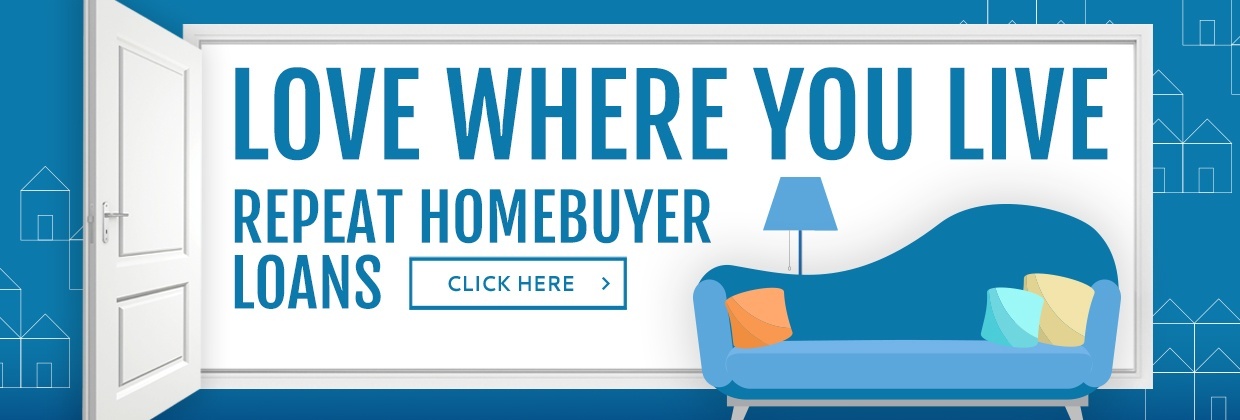
The value of a home is often based on what buyers are traditionally willing to pay in the area, but each buyer is unique. A single adult may be looking for a home close to work, while a family may want a home in a neighborhood with particularly good schools. Buyers also consider everything from the size of a given house to the current state of the economy when searching for a new home.
Read on for five factors that can go into the value of your home when it comes time to sell.
Location
The neighborhood is one of the biggest influences on a home’s value. Three indicators often used to determine the location-based value include the quality of the schools in the neighborhood, employment opportunities nearby and the home’s proximity to entertainment and recreational centers. Being near highways, utility lines and public transit can also influence a home’s value.
Size & Usable Space
A home’s value can be estimated in price per square foot. But, on top of that, the amount of usable space must be considered. Garages, attics and unfinished basements aren’t usually considered “usable space.” Livable space is more important to buyers. The most highly valued are bedrooms and bathrooms. The National Association of Home Builders say adding bedrooms and bathrooms can increase a home’s value by as much as 20 percent.
Condition
Newer homes generally have a higher value. Having newer plumbing, electrical and appliances that are less likely to break and cost the new homeowner money add value to the home. Updating older homes can add back the value lost from its age. Having a finished basement or wood floors makes a home more attractive to potential buyers.
Housing Market
The number of other houses for sale in your area will affect the value of your home. A seller’s market refers to a time when there are more buyers than houses available and the price of a home is higher. During a buyer’s market, there are more homes available than buyers. This gives homebuyers an opportunity to negotiate the price a bit more, and homes are often sold for less money. It’s likely that a house will be on the market longer during a buyer’s market than during a seller’s market.
Curb Appeal
A home that lacks curb appeal is generally appraised at a lower value. Features like plants that are difficult to care for and dead trees make your home less attractive to potential buyers. Having and easy-to-care for and clean front yard adds to the value of your home. You should take care of your lawn, remembering small details like trimming shrubs and edging your driveway. Cleaning the dust and dirt that gathers on your siding helps improve your curb appeal as well. In some instances, it may be a good idea to replace your roof, though it is one of the more expensive renovations. According to USA Today curb appeal can increase the value of your home by up to 12 percent.


